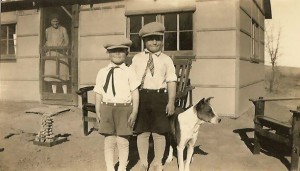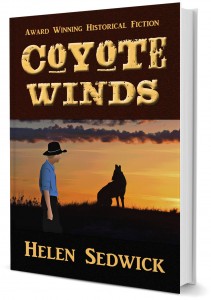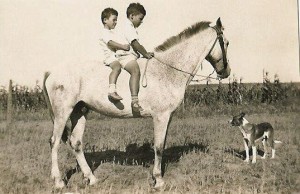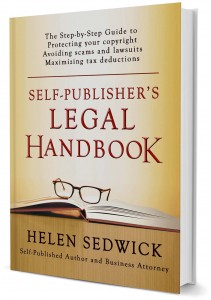 Where do cows go on Saturday nights? To the moo-vies.
Where do cows go on Saturday nights? To the moo-vies.
My father loved to tell puns and stories, especially stories about his boyhood on the western prairie during the 1930s, the Dust Bowl.
I will be forever thankful he wrote a short memoir about those years before he passed away. Not ready to say goodbye to my Dad, I reread his memoir several times. I found wonderful tidbits about making ice cream from summer hail and the frightening silence before a dust storm. But I was struck most by something missing from today’s childhood.
While there was plenty of dust in his stories, my father also talked about freedom and adventure. He spent his days hunting and exploring. He drove a pick-up at ten. He collected arrowheads and grasshoppers. He camped out on the prairie grass and counted a thousand shooting stars. My father didn’t seem to suffer from the lack of electricity, running water, and for a couple years, school. He thrived.
How different from the lives of his grandsons who couldn’t ride a bike without a helmet or play soccer without pads, who carried hand sanitizers in their backpacks. I wanted to contrast my father’s unfenced boyhood with the over-supervised life of a modern, suburban boy.
To capture his boyhood, I researched prairie life, homesteading, windmills, rifles, coyotes, rattlesnakes, prairie dogs, and hawks. I watched 1930s films and listened to old radio serials. When I researched the Dust Bowl, I discovered something more, something I absolutely had to write about: American optimism.
Our American can-do spirit is the source of our greatest accomplishments and our worst follies. It got us to the moon, but also into the Dust Bowl.
American optimism drew people to the arid prairie in the 1920s with the belief they would transform it into the world’s breadbasket. All it took was hard work and new technology, the gas-powered tractor. They plowed up millions of acres of prairie grass and bought on one of the worst man-made ecological disasters in history. These families so strongly believed in what they were doing, they were blind to the consequences, even when the land was blowing out from under them. What a great set up for a story.
 I started working on COYOTE WINDS during NaNoWriMo in 2008. While I did not make the 50,000 word target, by the time I hit 25,000 words, I was hooked. When I walked the dog, I chatted with my protagonist about his fears and dreams. When I drove, I had to pull over to scribble down notes. I went through my father’s emails to find his puns, which made their way into the novel.
I started working on COYOTE WINDS during NaNoWriMo in 2008. While I did not make the 50,000 word target, by the time I hit 25,000 words, I was hooked. When I walked the dog, I chatted with my protagonist about his fears and dreams. When I drove, I had to pull over to scribble down notes. I went through my father’s emails to find his puns, which made their way into the novel.
Over the next four years, I wrote, rewrote, and restructured the book. I workshopped chapters and killed a few darlings. I queried agents and editors and had quite a few nibbles, but no bites. One response I heard from agents was ‘nice book, no market;’ no one wanted another Dust Bowl book.
I quit at least a dozen times, but the characters kept calling me back, including an heroic coyote named Ro.
In 2012, I read Ken Burns was releasing a PBS series on the Dust Bowl. Maybe the agents were wrong, and people were interested in the Dust Bowl. I took matters into my own hands and self-published COYOTE WINDS.
After all the queries and rejections, after the countless peeks at my inbox, I loved being in control of the process. I learned about book covers, layouts, POD, and social media.
I made mistakes along the way, paid for services and contests when I should have known better. One reason I wrote the Handbook was to save other self-publishers from making similar mistakes.
And I learned the agents were right; COYOTE WINDS earned five-star reviews and respectable sales, but the market was too thin to feed a publisher, agent and writer.
Perhaps that’s changing. (Fingers crossed) Teachers are discovering COYOTE WINDS. The novel is appearing on Middle School summer reading lists alongside works by Mark Twain and Lois Lowry. I had a spike of sales in August and September. Out of the blue, I get emails from teachers asking if I could come talk to students.
If you have never done a school visit, they are tremendously fun. When students ask you what happened to your characters, as if they knew and loved them, well, for a writer it gets no better than that.
So while I am busy blogging and tweeting about the legal issues of self-publishing, remember fiction is still my first love.
A few more of my father’s puns.
Why did they stop the vultures from boarding the plane? They didn’t allow carrions.
How do you make a witch itch? Take away her w.
What is green and fuzzy and if it landed on your head it would kill you. A pool table.
Thank you, Dad.
SHARE THIS





